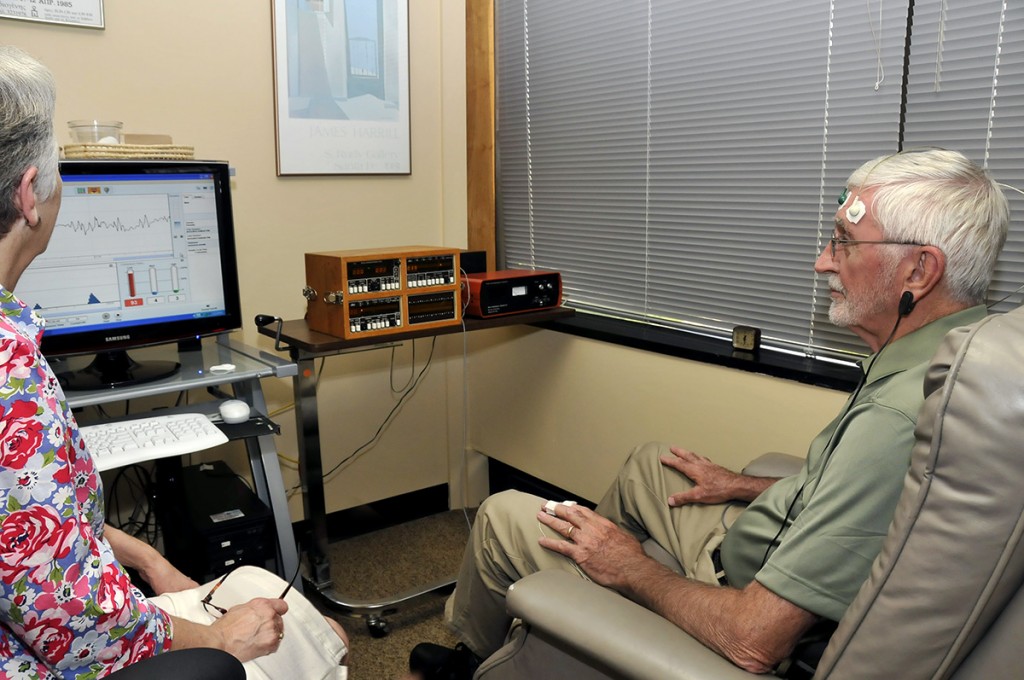What is Biofeedback?
Biofeedback is a way to learn how to reduce physical stress while promoting greater physical comfort. In biofeedback sessions, sensors placed on the surface of the skin measure, record, and display physiological news from your body. You then learn techniques for how to manage your body’s responses in ways you likely didn’t realize you could before.
 You immediately see on the instruments which techniques are working for you so you can learn and use them any time you need them. You discover what to do differently, and when. Then, with practice, you more effectively manage what’s going on inside you, and the patterns that cause pain and discomfort.
You immediately see on the instruments which techniques are working for you so you can learn and use them any time you need them. You discover what to do differently, and when. Then, with practice, you more effectively manage what’s going on inside you, and the patterns that cause pain and discomfort.
Biofeedback does not cure a disease. Rather, persons using biofeedback learn to control symptoms and to minimize recurring cycles of stress that may prolong or encourage a disease process.
A bathroom scale is a simple example of a biofeedback instrument. It gives feedback about body weight. In biofeedback and stress regulation training, instruments record, measure and display muscle activity (EMG), heart rate, heart rate variability, skin conductance (GSR) and skin temperature. These physical signals indicate the body’s level of stress or of relaxation.
Using this information, a person can learn to notice and to regulate physical events that may have seemed beyond voluntary control. Muscle tension, heart rate, blood flow, and blood pressure respond to intentional effort; the “feedback” information gives immediate reinforcement for change in the appropriate direction.
